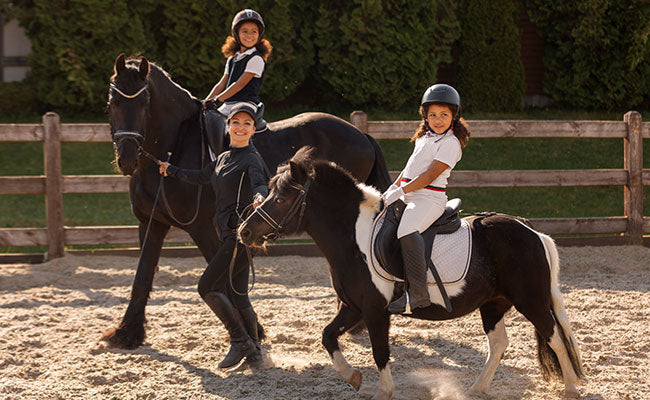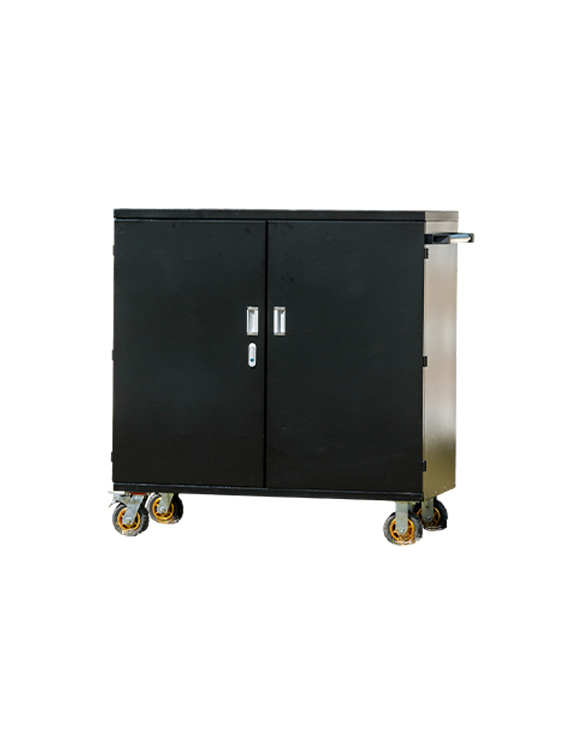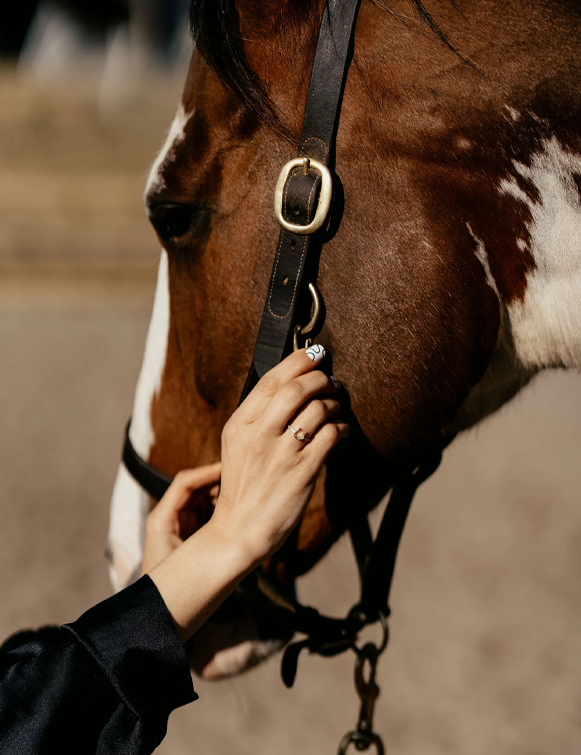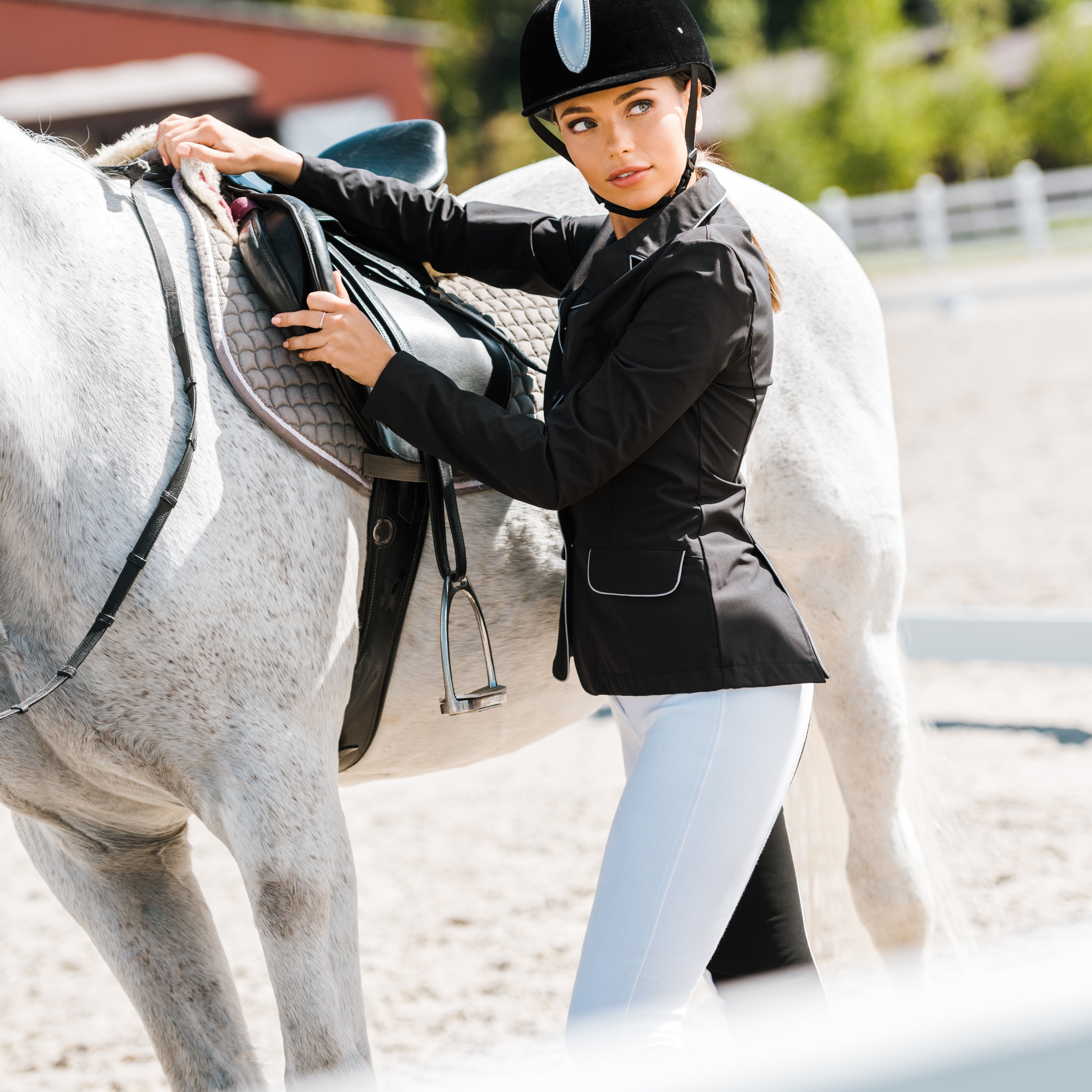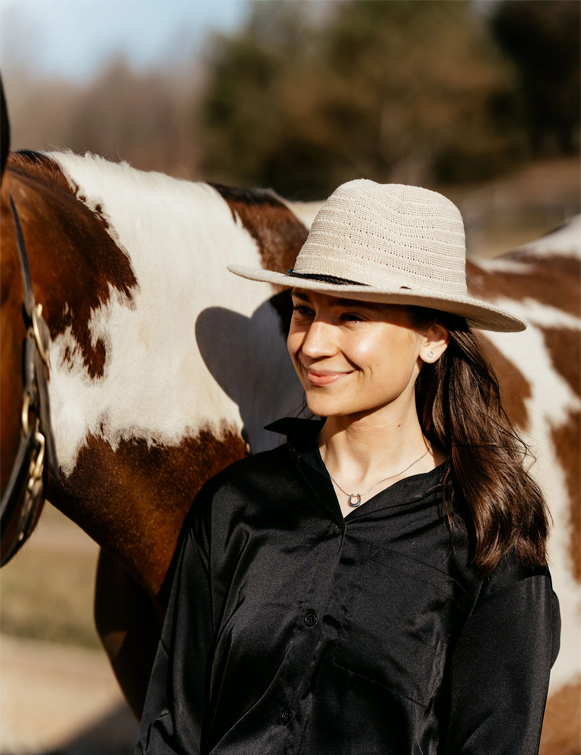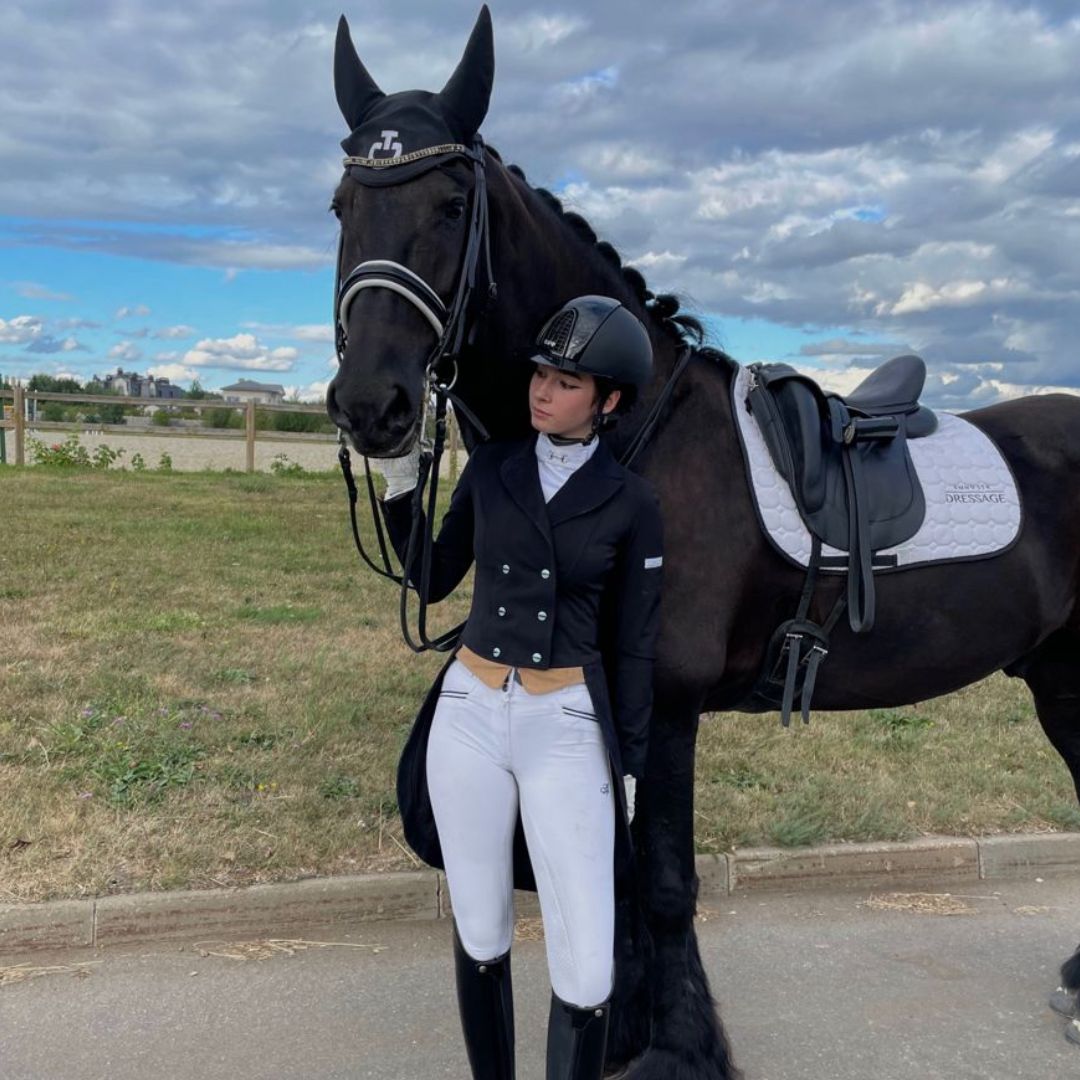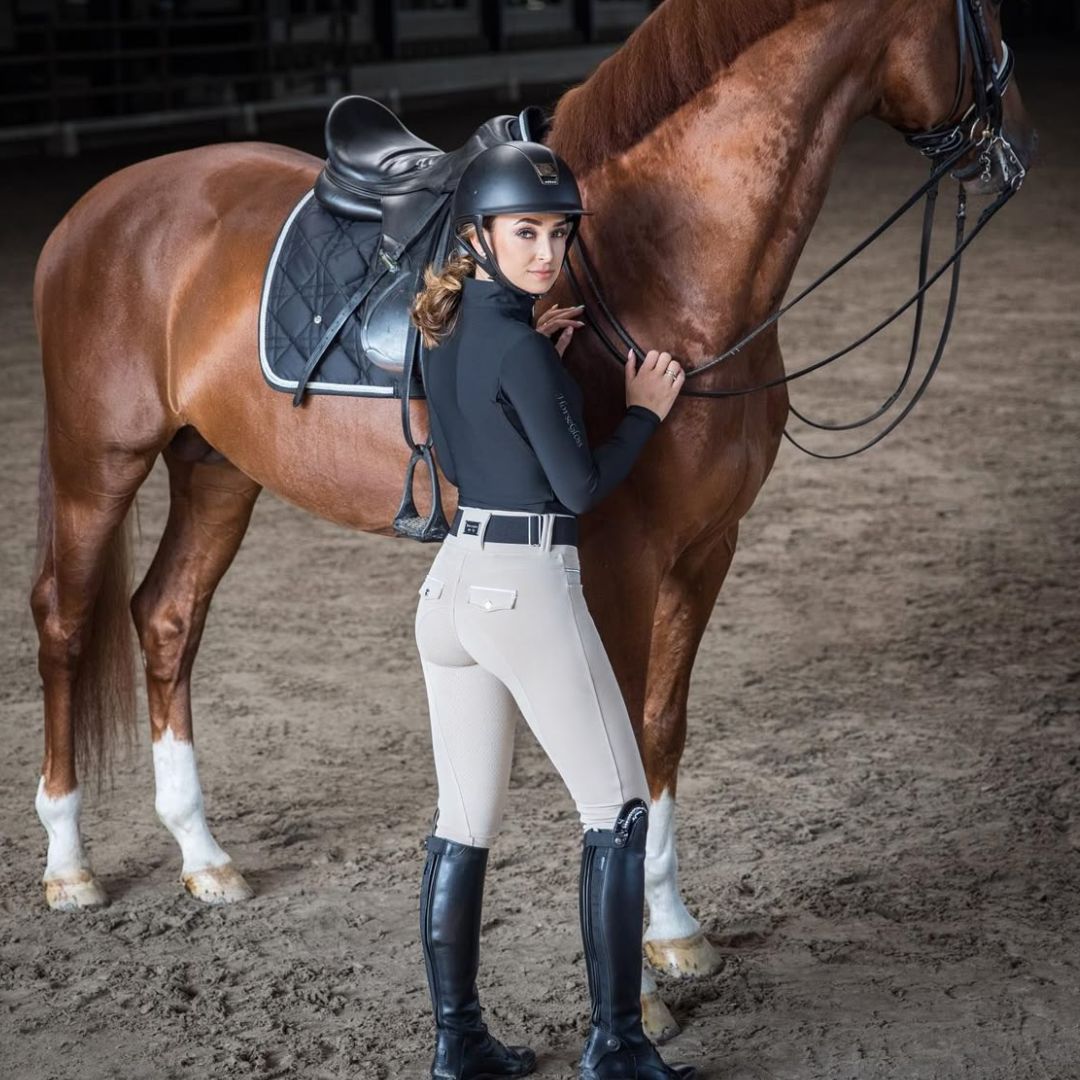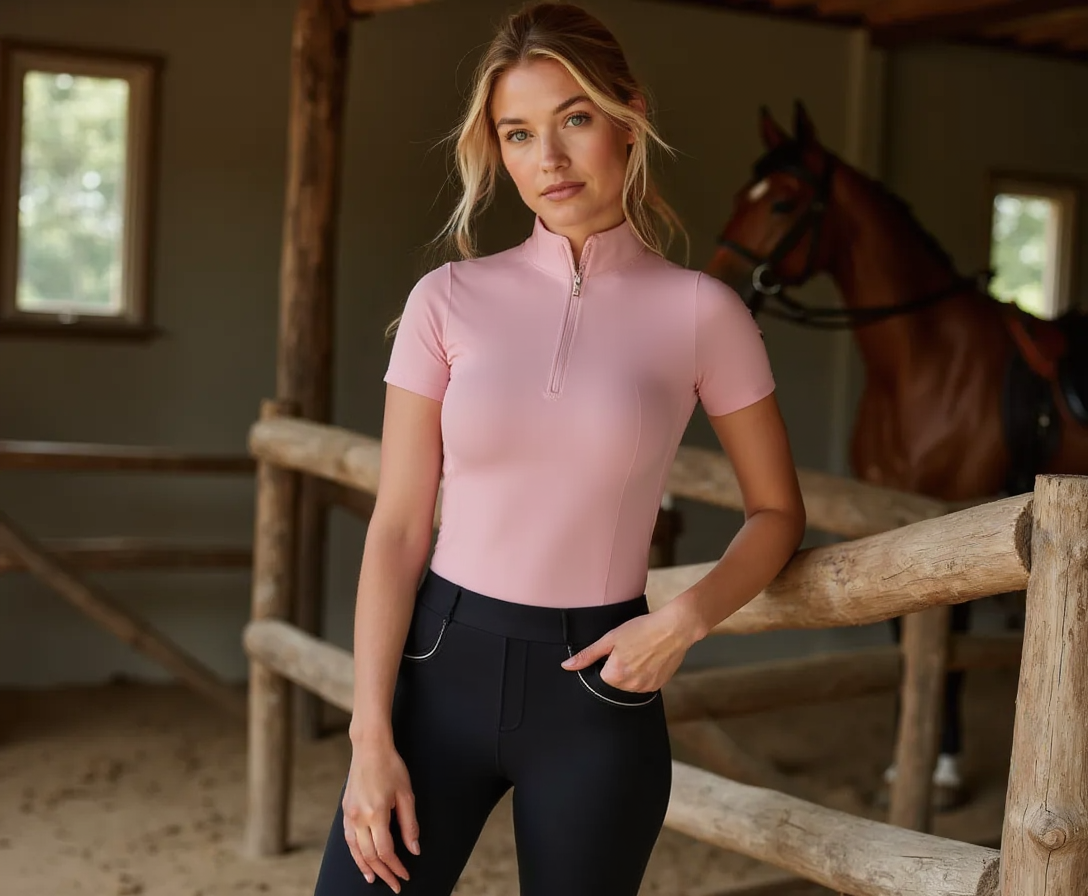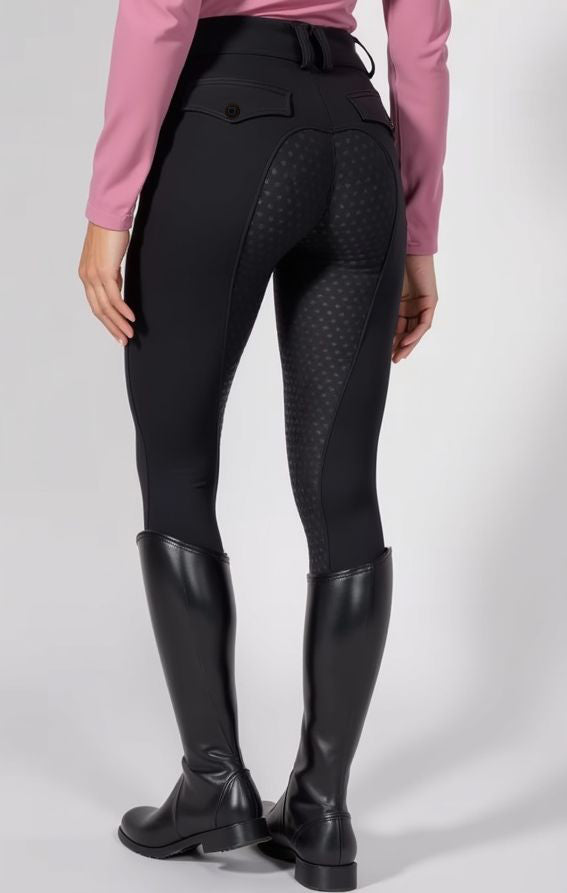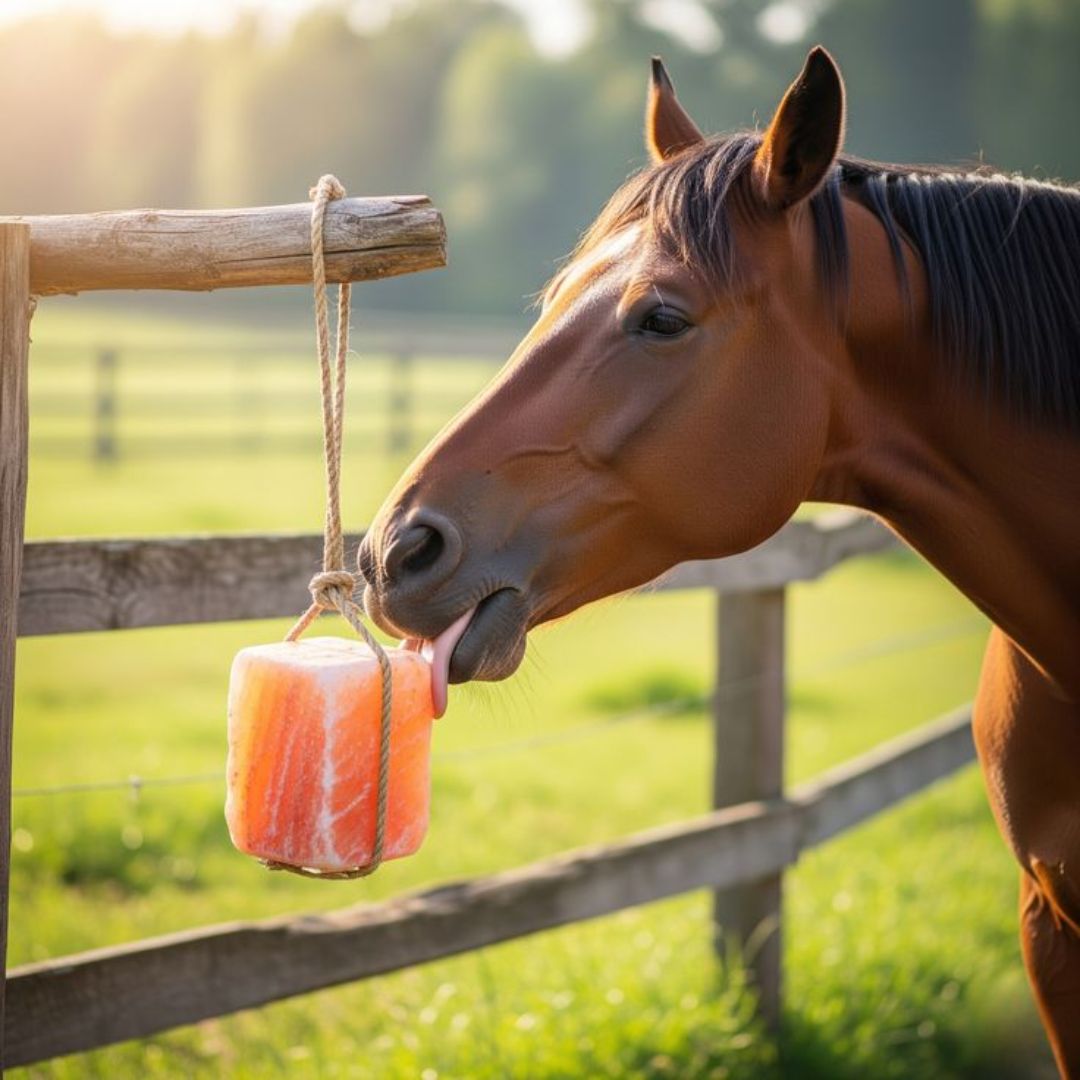
How to keep your horse happy and healthy
Owning a horse is an incredible journey, one filled with joy, dedication, and responsibility. Horses are majestic, intelligent, and emotionally complex animals that require more than just basic care. Keeping a horse happy and healthy goes beyond feeding and riding — it involves creating a lifestyle that promotes both physical health and emotional well-being.
Whether you're a new horse owner or an experienced rider, this comprehensive guide covers the key areas of horse care that every equestrian should know. By following these best practices, you can help your horse lead a long, fulfilling, and comfortable life.

1. Provide a Safe and Comfortable Environment
A horse’s living environment greatly influences its physical health and emotional well-being. It’s important to provide a clean, dry, and well-ventilated shelter or stable where your horse can comfortably rest, lie down, and move around freely. Stalls should ideally be about 12 by 12 feet to allow for natural movement, and using soft bedding like straw, wood shavings, or specialized mats helps protect their hooves and joints. Daily cleaning to remove manure and wet bedding is necessary to prevent respiratory problems and hoof diseases caused by dampness and bacteria. Proper drainage around the stable ensures floors remain dry and safe, reducing the risk of slips or infections.
Regular outdoor turnout is equally important for a horse’s physical and mental health. Horses are natural grazers and benefit from spending time in secure paddocks or pastures where they can move freely and interact with other animals. Fencing must be sturdy and free from hazards such as barbed wire or broken boards to prevent injury. Access to fresh, clean water and shelter from extreme weather like sun, wind, rain, or snow is essential. Maintaining the pasture by removing manure, rotating grazing areas, and controlling weeds promotes a healthier environment. Since horses are herd animals, companionship with other horses, ponies, or compatible species like donkeys greatly enhances their emotional well-being and reduces stress.
2. Feed a Balanced and Nutritious Diet
Nutrition forms the cornerstone of your horse’s overall health, energy, and longevity. Forage—hay or pasture grass—should make up the majority of the diet, as it provides the fiber essential for healthy digestion and sustained energy. Horses generally need to consume between 1.5% and 2.5% of their body weight in forage daily, depending on their size, age, and workload. Quality hay, such as timothy, orchard grass, or alfalfa, should be free of mold, dust, and weeds, as poor-quality forage can lead to respiratory issues and digestive upset. Well-maintained pasture also offers vital nutrients and encourages natural grazing behavior.
While many horses do well on forage alone, some require additional concentrates or supplements. Working horses, seniors, or those recovering from illness may need extra calories or specific nutrients to maintain their condition. Grains and commercial feeds should be offered cautiously, with careful monitoring to avoid obesity. Vitamin and mineral supplements can help fill any nutritional gaps in forage. Free-choice salt or mineral blocks allow horses to regulate their intake of essential minerals. Clean, fresh water must be available at all times, with horses drinking anywhere from 5 to 15 gallons daily. During hot weather or after exercise, water intake may increase, and in winter, measures such as heated buckets or trough heaters prevent water from freezing.
3. Groom Regularly and Monitor Physical Health
Grooming is much more than keeping your horse clean—it’s a vital part of health monitoring and building a strong bond. Start by using a curry comb to loosen dirt, sweat, and shedding hair, followed by a stiff brush to remove debris from the coat. A soft brush should be used on sensitive areas like the face and legs to avoid irritation. Picking out hooves daily is crucial to remove dirt, manure, stones, and check for injuries such as cracks or thrush. Regularly combing the mane and tail prevents tangling and breakage, helping maintain a shiny, healthy coat.
Seasonal grooming varies with the weather and your horse’s needs. Bathing is best reserved for warm weather to avoid chilling, while dry grooming or spot cleaning works well in colder months. Shedding tools can help remove the winter coat in spring, promoting skin health. Grooming sessions are a perfect opportunity to inspect your horse for cuts, scrapes, swelling, skin conditions like rain rot or fungal infections, and external parasites such as ticks or lice. Observing changes in coat quality or unexplained weight loss during grooming can alert you to potential health issues requiring veterinary care.
4. Prioritize Hoof Care
Healthy hooves are fundamental to a horse’s soundness, mobility, and overall well-being. Daily hoof picking before and after exercise removes dirt, manure, stones, and debris, preventing discomfort and injury. When cleaning, look closely for cracks, heat, foul odors, or embedded objects that could indicate infections, abscesses, or other hoof problems. Neglecting hoof care can lead to lameness and chronic issues that significantly affect your horse’s quality of life.
Regular visits from a farrier, typically every six to eight weeks, are necessary to keep hooves properly trimmed and balanced. Whether your horse is barefoot or shod, regular trimming prevents uneven wear and compensates for any structural or conformational concerns. In some cases, corrective shoeing is recommended to address specific medical or biomechanical issues. Common hoof ailments like thrush, laminitis, and abscesses require prompt professional care to prevent severe pain and complications. Consistent and thorough hoof care is essential for maintaining your horse’s comfort and soundness.

5. Ensure Routine Veterinary and Dental Care
Routine veterinary care is crucial for preventing disease and maintaining your horse’s overall health. Scheduling an annual physical exam allows your veterinarian to assess body condition, detect early signs of illness, and update vaccinations according to regional risks. Vaccinations typically include protection against tetanus, West Nile virus, equine influenza, rabies, and equine encephalitis. An annual Coggins test is necessary for travel or participation in events, screening for contagious diseases like equine infectious anemia. Regular fecal egg counts every few months help monitor internal parasite levels and allow targeted deworming, reducing the risk of resistance.
Equally important is dental care since horses’ teeth continuously grow and can develop sharp edges that cause discomfort or feeding difficulties. Scheduling dental checkups at least once a year ensures any uneven or sharp teeth are “floated” or filed down to prevent mouth pain and improve chewing efficiency. Watch for signs of dental problems such as dropping food, weight loss, bad breath, or resistance to the bite, which can signal the need for a dental exam. Proper veterinary and dental care contribute significantly to your horse’s comfort, nutrition, and long-term health.
6. Control Parasites and Pests
Parasite management is a key component of maintaining your horse’s health and comfort. Instead of deworming on a fixed schedule, it’s best to perform fecal egg counts every three to six months to determine if and when treatment is necessary. This targeted approach reduces the risk of parasite resistance to medications and helps keep pastures cleaner. Rotating grazing areas and regular manure removal also minimize parasite exposure in the environment.
External pests like flies, ticks, and mosquitoes can cause irritation, stress, and transmit diseases. Using fly sprays, masks, and sheets during warm months helps protect your horse from these pests. Keeping stalls and paddocks clean and dry reduces breeding sites for flies, while biological controls such as fly predators can naturally reduce fly populations around barns. Implementing a combination of these strategies creates a healthier, more comfortable environment for your horse.
7. Provide Regular Exercise and Enrichment
Physical exercise is vital for your horse’s health and mental well-being. Daily turnout encourages natural movement, which helps maintain joint flexibility, muscle tone and reduces boredom. In addition to turnout, consistent riding, groundwork, or lunging adapted to your horse’s age, fitness, and workload promotes balanced conditioning and prevents physical imbalances. Varying exercise routines also keeps your horse engaged and motivated.
Mental stimulation is equally important for preventing boredom and behavioral problems. Activities such as trail rides, obstacle courses, and training games challenge your horse’s mind and encourage problem-solving. Providing treat-dispensing toys or puzzle feeders in the stall or paddock promotes natural foraging behaviors. Spending quality time grooming, hand-walking, or practicing liberty work strengthens your bond and offers additional mental engagement, contributing to a well-rounded, happy horse.
8. Monitor Behavior and Emotional Health
Understanding your horse’s emotional state is essential for maintaining its overall well-being. Signs of a happy horse include bright, alert eyes, relaxed posture, soft and fluid movements, and a willingness to engage in handling and work. A healthy appetite and regular elimination also indicate your horse is comfortable and content.
Conversely, signs of stress or discomfort may include repetitive behaviors such as pacing, weaving, or cribbing. Aggression, such as biting or kicking, or a loss of interest in food and social interaction, can also signal emotional distress. Early recognition of these changes allows you to intervene with increased companionship, mental stimulation, and consistent routines, helping your horse maintain emotional balance and preventing more serious behavioral problems.
9. Adjust Care for Seasonal Changes
Seasonal changes require adjustments in your horse’s diet, shelter, and grooming. In winter, horses need extra calories to maintain body heat, so providing additional hay is essential. Using blankets for clipped, senior, or thin-coated horses helps retain warmth. Water sources should be carefully monitored to prevent freezing, and hooves need frequent inspection to remove ice or snow buildup. Providing shelter from wind, rain, and snow is critical during harsh weather.
In summer, keeping your horse cool and comfortable is the priority. Access to clean, fresh water and ample shade helps prevent overheating and dehydration. Stables should have good ventilation, through fans or open windows, to encourage airflow. Protecting your horse from sunburn and flies with lightweight sheets, masks, or sprays reduces irritation. Adjust riding and exercise schedules to cooler times of day, like early morning or late evening, to avoid heat stress.
10. Establish a Consistent Routine
Horses are creatures of habit that thrive on predictability. A consistent daily routine reduces anxiety, helps prevent behavioral issues, and builds trust between you and your horse. Keeping feeding, turnout, grooming, and exercise schedules regular creates a sense of security and stability.
A typical daily care routine might start with morning feeding, watering, turnout, and a health check. Midday can include cleaning stalls, refreshing water, and light exercise or observation. Evening care involves bringing your horse in from turnout, feeding again, grooming, and picking hooves. Consistency supports your horse’s physical and emotional well-being while simplifying your management efforts.

Conclusion
Your horse depends on you for everything — safety, comfort, stimulation, and affection. The more attentive and knowledgeable you are, the more confident and content your horse will be. Small daily habits, regular health checks, and moments of positive interaction add up to a life of quality and security.
In return, you’ll gain not just a healthy horse, but a loyal partner — one that thrives under your care, responds to your presence with affection, and shares with you the unique bond that only horse and human can know.
At the end of the day, a happy horse is a reflection of a mindful and committed owner — and that’s something to be proud of.


